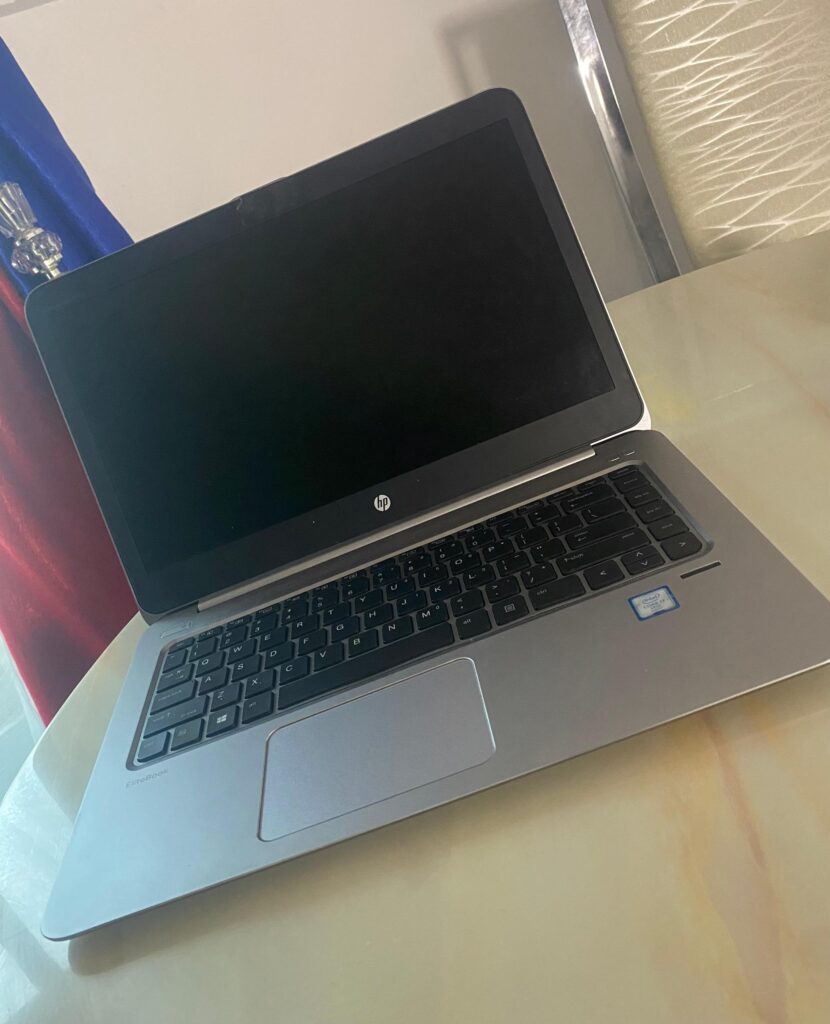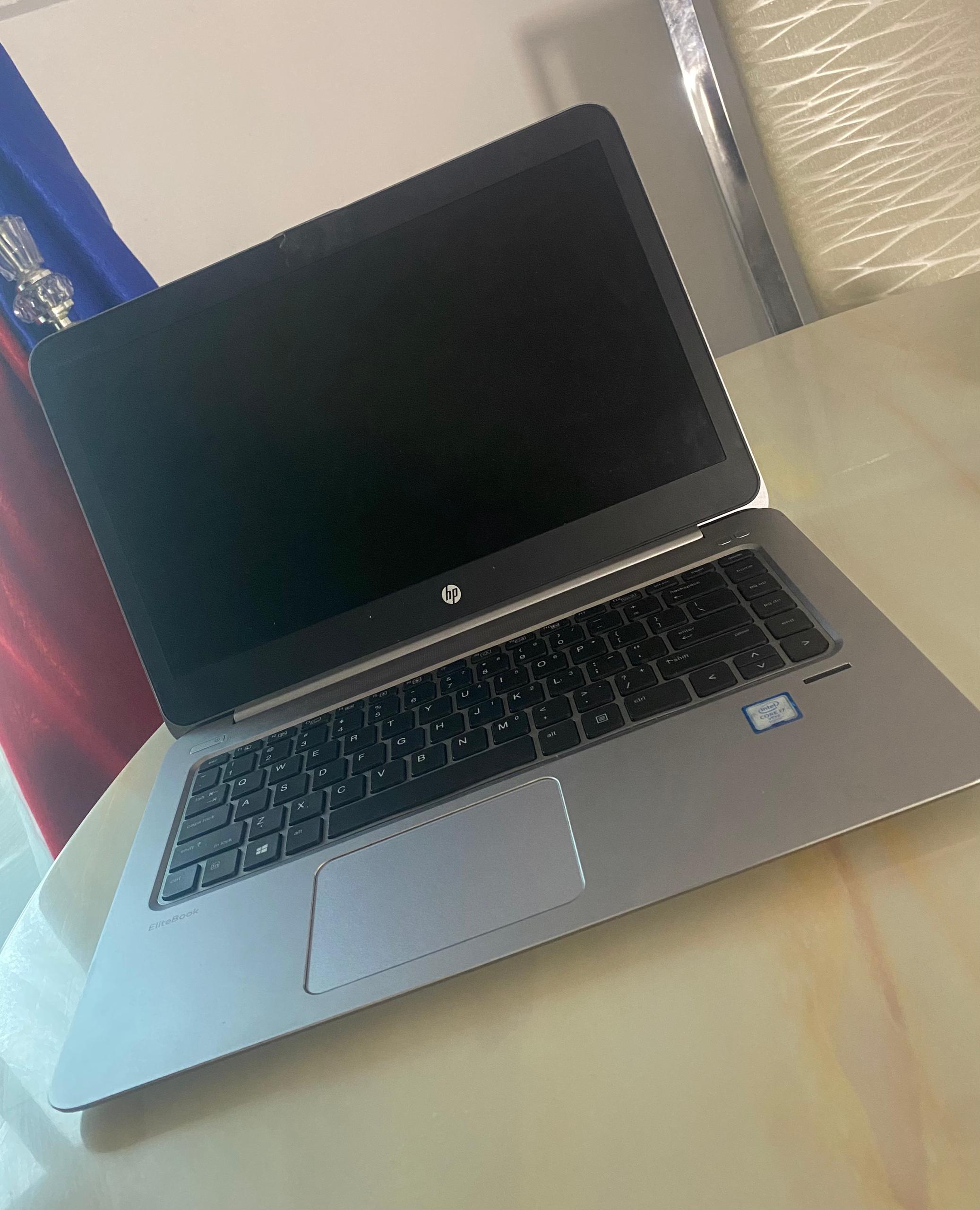
In computer there are many types of computers and they are:
The Desktop
A computer is referred as “desktop” when it is relatively small enough to be positioned on top of a table where a person is working. Such a computer can also be placed on the floor or somewhere under, or a side of, the table, in which case the monitor would be placed on top of the table. This is the most common type of computers used in the office or at home. A desktop computer is made of different parts that are connected with cables.
The Laptop
A computer is called laptop when it combines the CPU, the monitor, the keyboard, and the mouse in one unit to be so small that you can carry it on your laps when traveling or commuting. A laptop is also called a notebook. Other parts, such as an external mouse, an external keyboard, a monitor, or peripherals such as sprinter or projector, can be connected to the laptop. A laptop is only physically small than a desktop but, everything considered, it can do anything that a desktop can do.
The Server
A server is a computer that holds information that other computers, god workstations, can retrieve. Search workstations are connected to the server using various means. This means that they could be connected using cables, wireless connection, etc. Only computers that maintain a type of connection with the server can get information that is stored in the server. Normally, or do not particularly recommended, any computer, including a desktop or even a laptop can be used as server, as long as it can do the job required. The server is more defined by the program ( called an operating system) that is installed in it, not how the machine looks. Any type of computer, including a desktop, a laptop, a CD or DVD machine, etc can be connected to a server. The person who sets up a server also defines the types of connections it is made for.
The mainframe
A mainframe is a computer, usually physically big, that does almost all the jobs for other types of computers that are connected to it. This is a broad definition but other aspects are involved. Like a server, the program ( operating system) that runs in the mainframe defines it’s role.
Anatomy of Microsoft windows desktop
Introduction
After you have started the computer, the area you are looking at is called desktop. The desktop is usually different from one computer to another. This is because some items get added as new programs are installed on a computer, an other items get deleted at will. Eventually, you will know how to change the way your desktop looks.
the Microsoft windows desktop is made of various parts. From the upper left to the lower left side of the screen, there are small pictures or images called icons. Each one is used to make the computer do something.
The Desktop
The center and right empty area you look at his actually the desktop. Whenever you are asked to use the desktop, the request refers to that whole area.
The Taskbar
In the bottom section of the screen, there is (or there may be) a long object. It is called a Taskbar: On the left side of the taskbar, there is an object labeled Start. The appearance of this object depends on the type of Windows you are using but it play the same role. On the right side of Start, there is a wide area that is empty when they computer starts. This is actually referred to as the taskbar. As you keep using the computer, this area will be filled with some objects. In some versions (Windows 95, 98, Windows Server 2003), the color of the taskbar may be grey (or Silver). In some other versions (Windows Millennium), the taskbar maybe yellowish. In Windows XP, it may be blue.
On the far right side of the taskbar is a section called the tray area. One of these that this area displays is the current time (as set on your computer).
Computer Shut Down
After using the computer, you can exit from it, which is also referred to as shutting down the computer. The steps may be different depending on your operating system.
Fundamentals of Using A Window – The Mouse
The mouse is one of several pieces of hardware you will be using when interpreting which the computer. It works by its pointing on the screen and you judge whether it is pointing or resting on the right item.
A mouse this primarily made of three parts: the buttons, the handling area, and the rolling object. By default, a mouse has two buttons: left and right. Most mice nowadays are also a equipped with a wheel on top.
To use the mouse, the first decision you make is to know which of your two hands will be using to handle the mouse. By default, the mouse is configured to work for the right hand. If you are left-handed, the settings can be changed to suit your needs.
Practical Guide:
- ( This section continuous from the previous and we assume that your computer is turned on). To find out if you are left or right-handed, right now (assuming both of your hands are free and fine), without thinking, touch the top of your head. If you used your left hand, you are likely left-handed. If you use your right hand, you are likely right-handed. If you are right-handed, you can continue the lessons. If you are left-handed, you may need to first configure your mouse. If you are in a classroom, your teacher can do that for you (Start -> Control Panel; Switch Primary and Secondary Buttons.
- If you are right-handed, position the mouse on the right of the keyboard. If you are left-handed, position the mouse to the left of the keyboard.
- If you are right-handed, place your right index finger on the left mouse button. If you are left-handed, place your left index finger on the right mouse button.
- If you are right-handed, place your (right) middle finger on the right mouse button. If you are left-handed, place your (left) middle finger on the left mouse button.
- If you are right-handed, place your right thumb on the left side of the mouse. If you are left-handed, place your left thumb on the right side of the mouse.
- If you are right-handed, place your rights pinky and ring fingers on the right side of the mouse. If you are left-handed, place your left pinky and ring fingers on the left side of the mouse.
